When snow, ice, and subzero temperatures set in, the demands on both people and machines increase. Particular caution is required when using aerial work platforms outdoors. Weather conditions, ground conditions, and technical behavior change – those who are prepared for these changes can implement projects efficiently and safely, even in winter. In this guide, you'll learn which aerial work platforms are winter-proof, what to look out for, and how to minimize risks.
Typical challenges in winter operations
Cold weather not only puts a strain on the technology – operators' concentration and mobility also decrease with the temperature. The drive system, hydraulics, and battery are sensitive to cold. Delayed reactions, starting problems, or frozen components can quickly lead to safety risks. Added to this are slippery surfaces, reduced visibility, and increased organizational effort.
Which work platforms are less suitable in winter
Platforms with small, sloping tires have little grip on icy surfaces. Even purely electric-powered machines without appropriate winter equipment quickly reach their limits in subzero temperatures. Hydraulic systems with unsuitable fluids tend to clog, slowing down the control system or even disabling it completely. Simple drives are overwhelmed on uneven or muddy ground.
Winter-proof work platforms – what matters
Work platforms with all-wheel drive, off-road tires, and reliable heating technology have proven their worth in winter applications. Truck-mounted work platforms, in particular, can be moved flexibly between jobsites and are quick to set up. Platforms with deep tire treads offer more traction and remain maneuverable even on icy surfaces. Make sure you use weather-resistant hydraulic fluids and regularly serviced electrical systems.
Safety first – these measures are crucial
Before each use, the ground must be checked for load-bearing capacity, slipperiness, and obstacles. Paths to the installation area should be cleared and gritted. Use leveling plates if the ground is uneven or icy. Especially important: The platform must be level. Check the safety features – especially in temperatures below freezing. Good visibility is essential – additional lighting may be necessary in the dark or during snowfall.
Winter checklist for safe use
- Wear warm, comfortable clothing and gloves
- Start devices with winter diesel or charged battery
- Check the function of the safety equipment (e.g. emergency stop, controls)
- Installation area level, load-bearing, cleared and gritted
- Prefer all-wheel drive and off-road tires
- Check technology regularly – especially hydraulics and power supply
- Plan regular breaks in cold weather – physical performance decreases
- Clearly coordinate communication within the team – especially when visibility is impaired
Conclusion: Planning is the best frost protection
Winter operations with aerial work platforms are feasible – but only with the right equipment, good preparation, and thoughtful safety measures. If you check the surroundings, use weather-resistant machinery, and follow safety rules, you can work reliably even in snow and ice. If you have any questions about selecting the right platform, we're happy to help you – with experience, advice, and the right technology for your project.


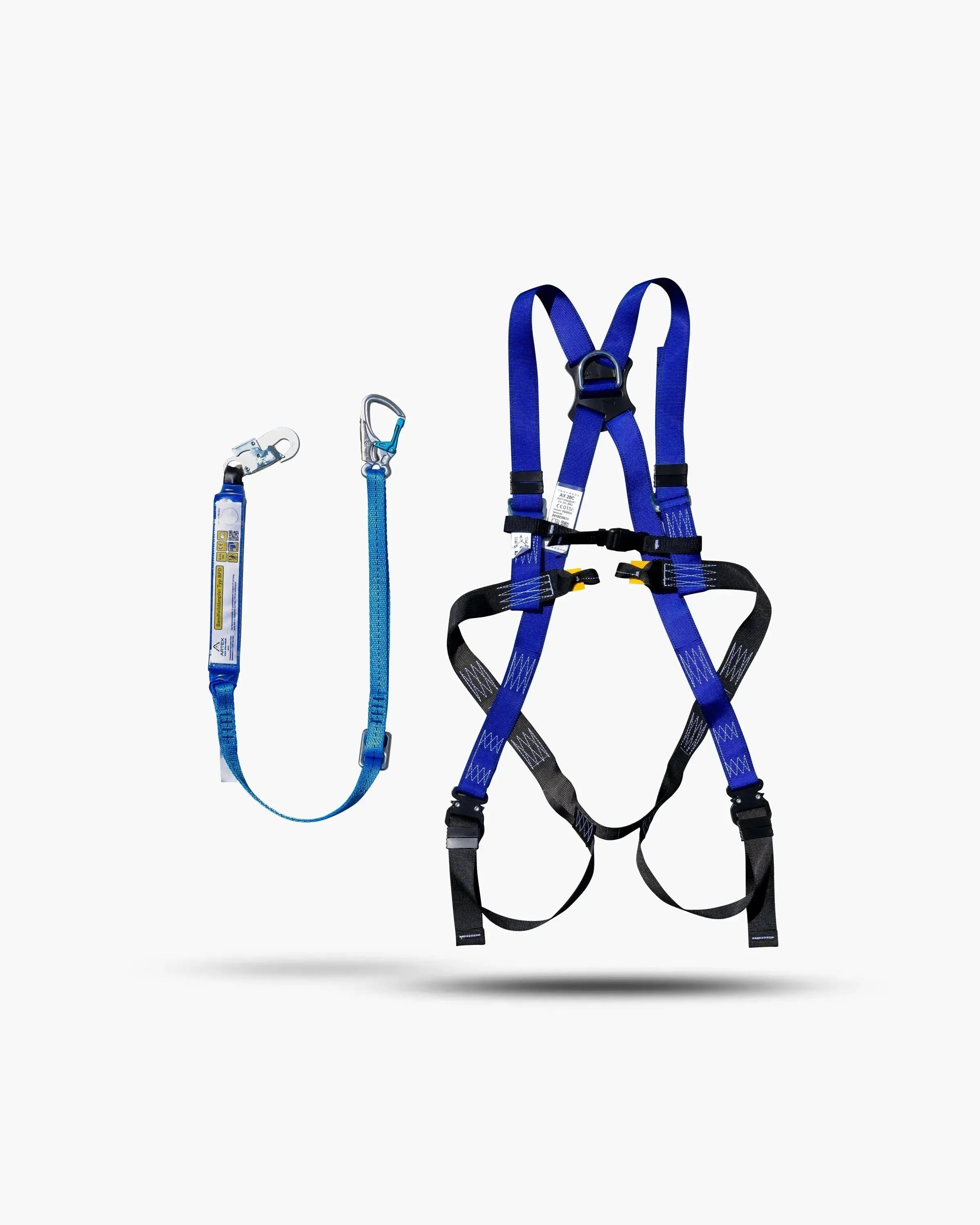


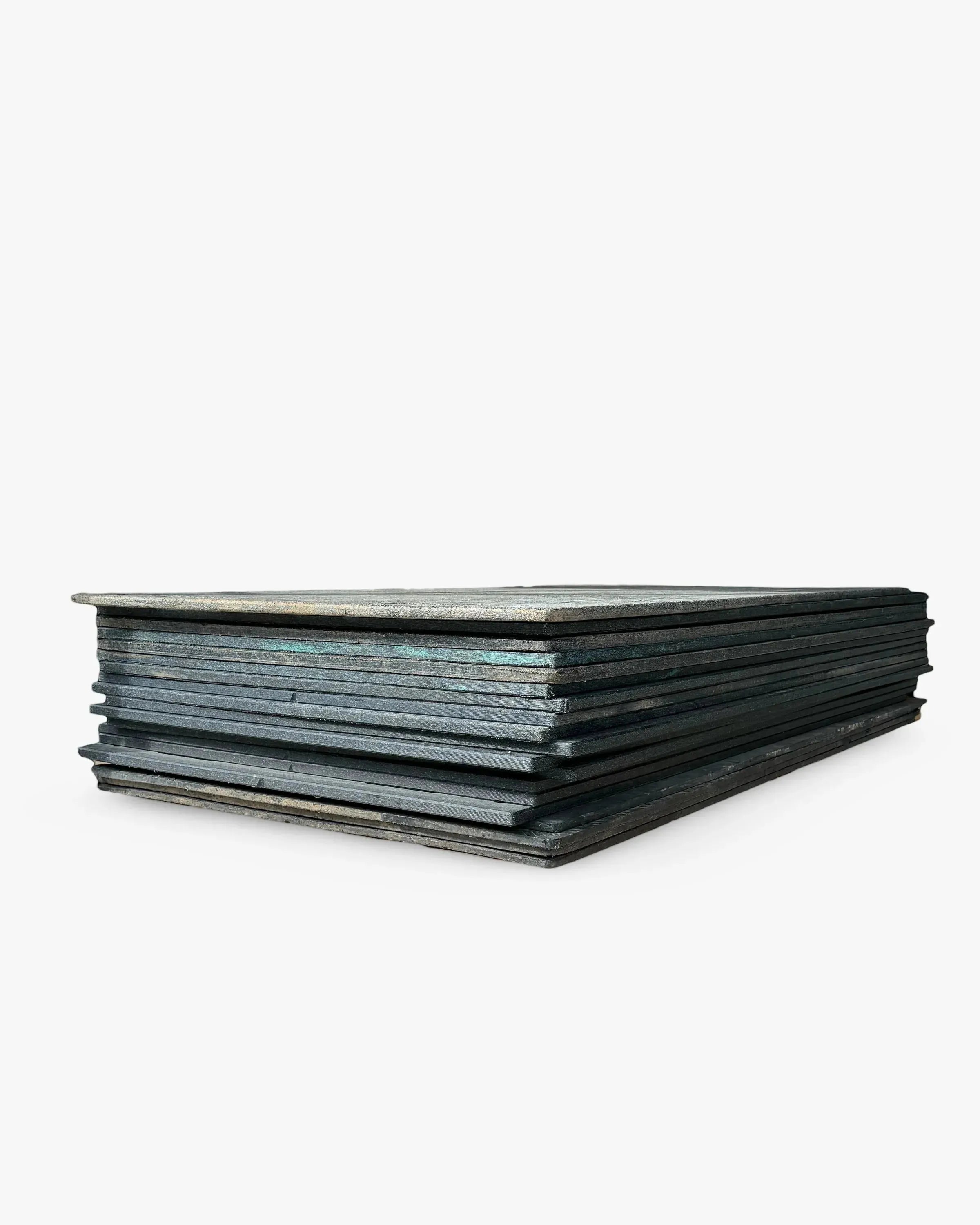

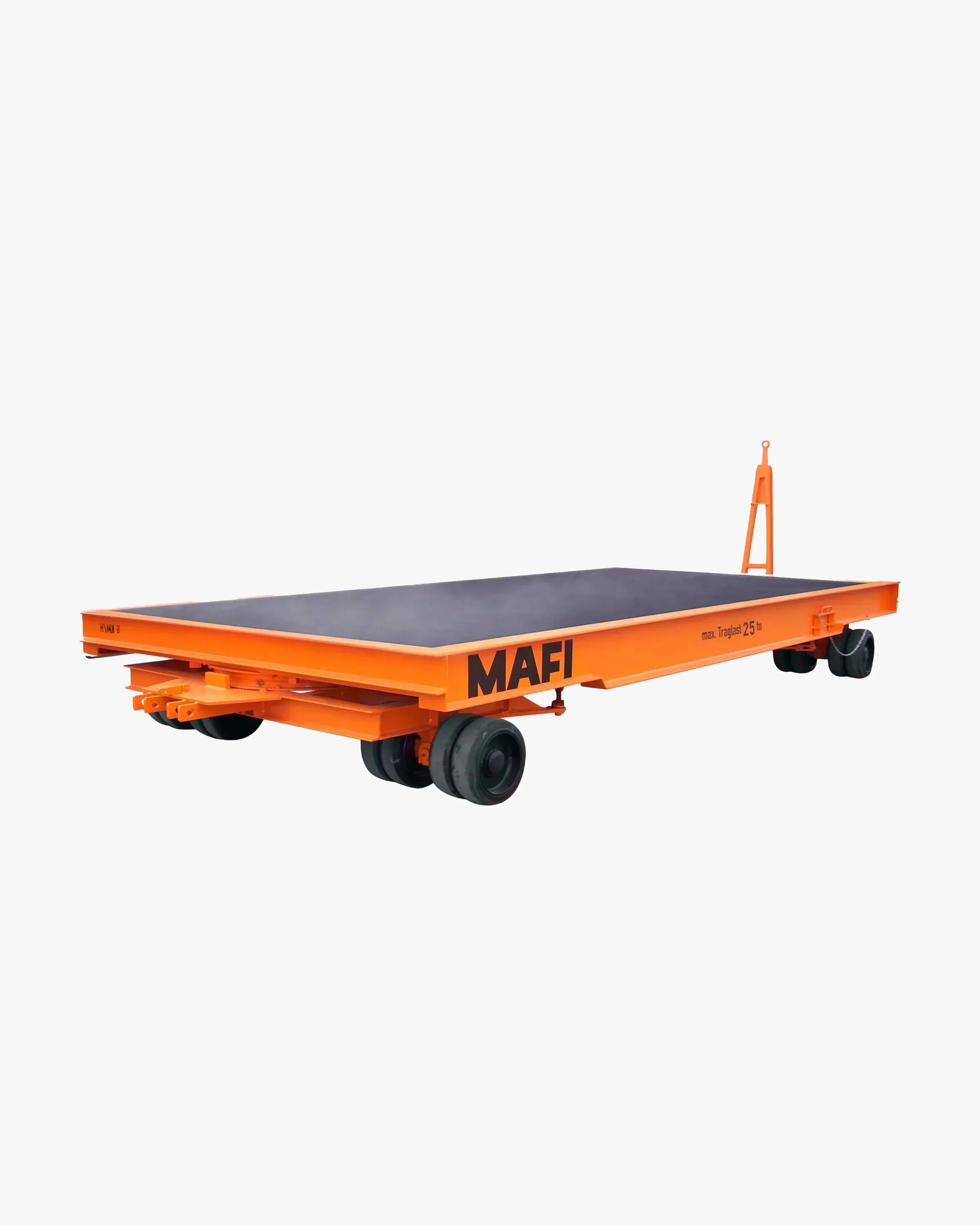
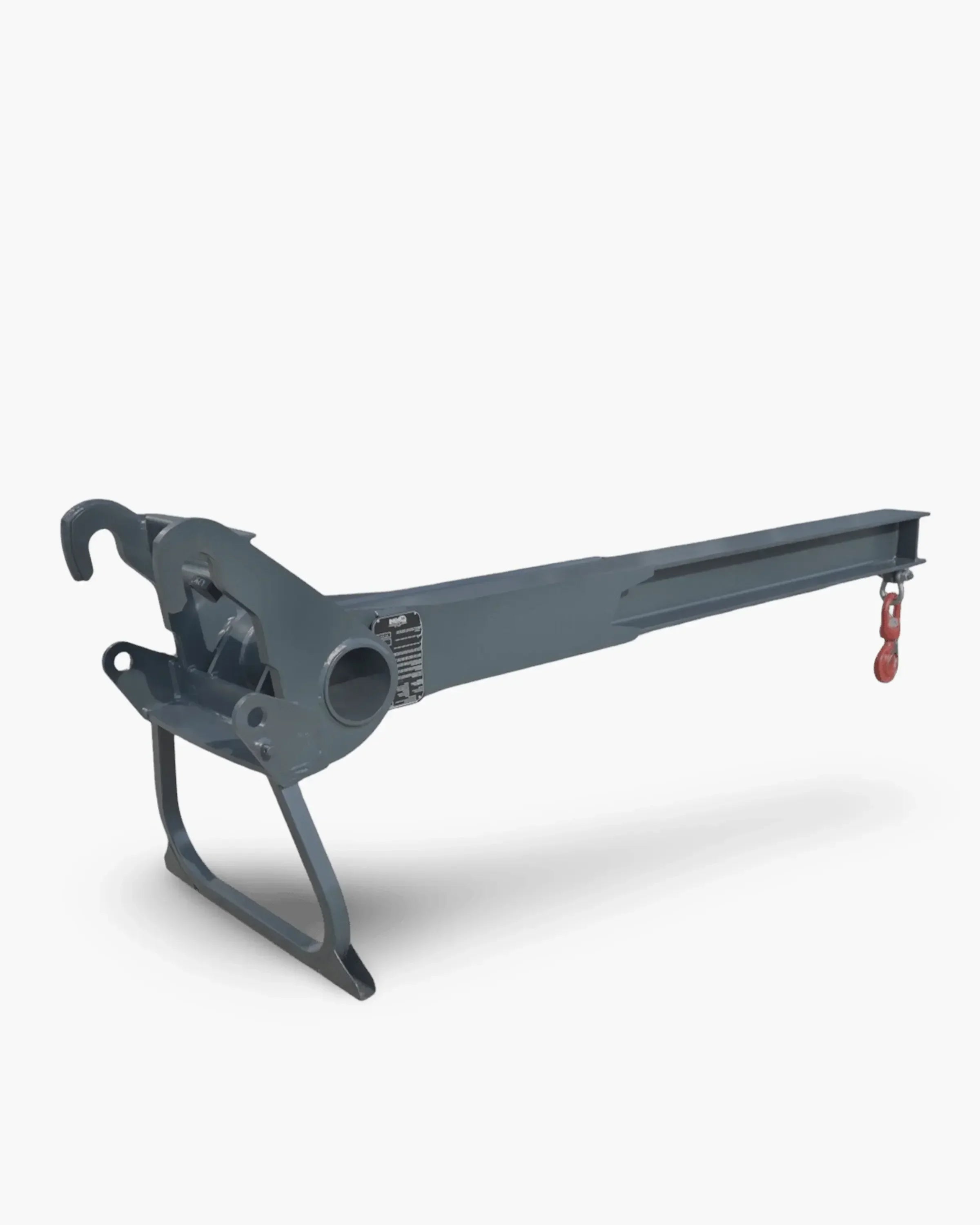
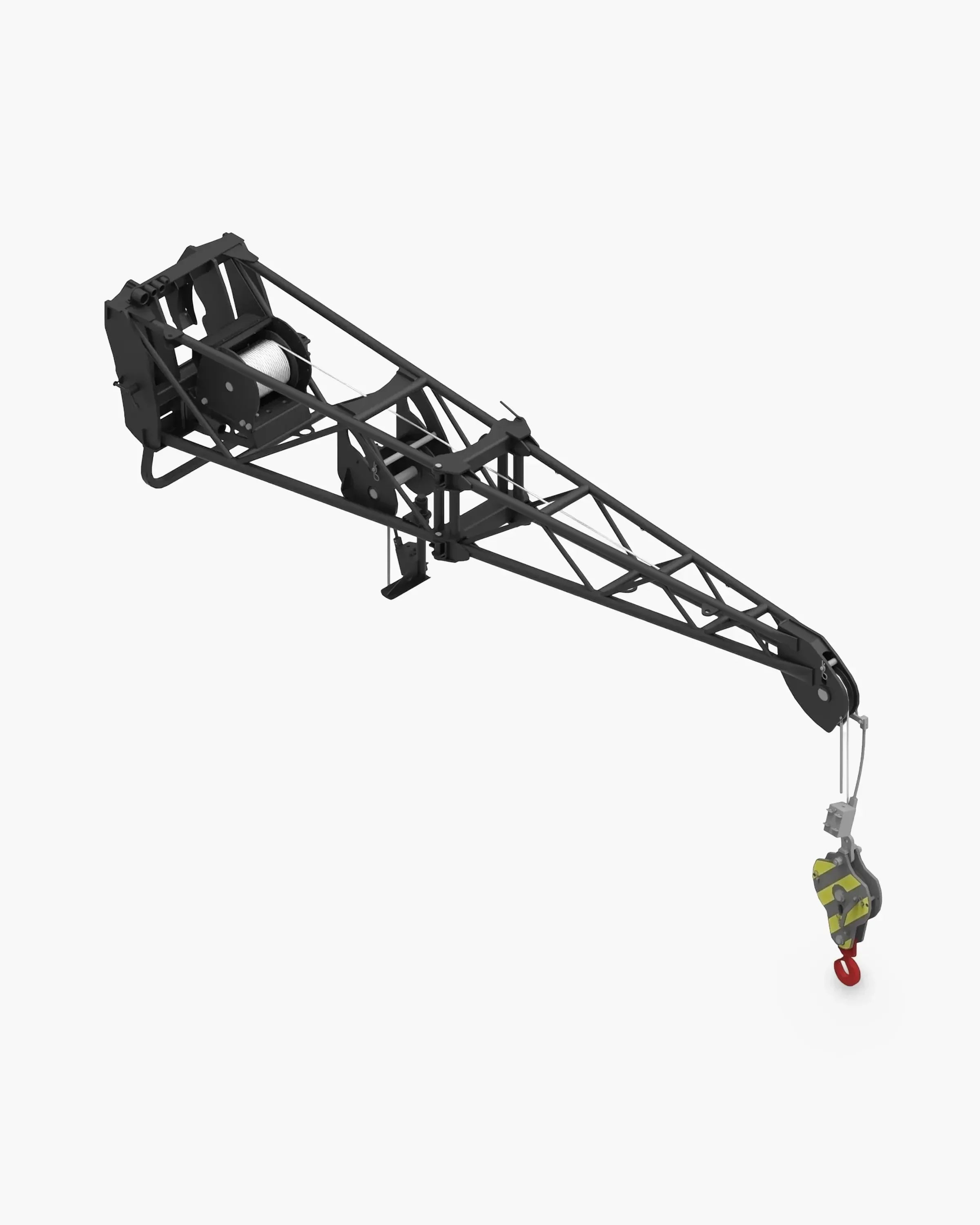
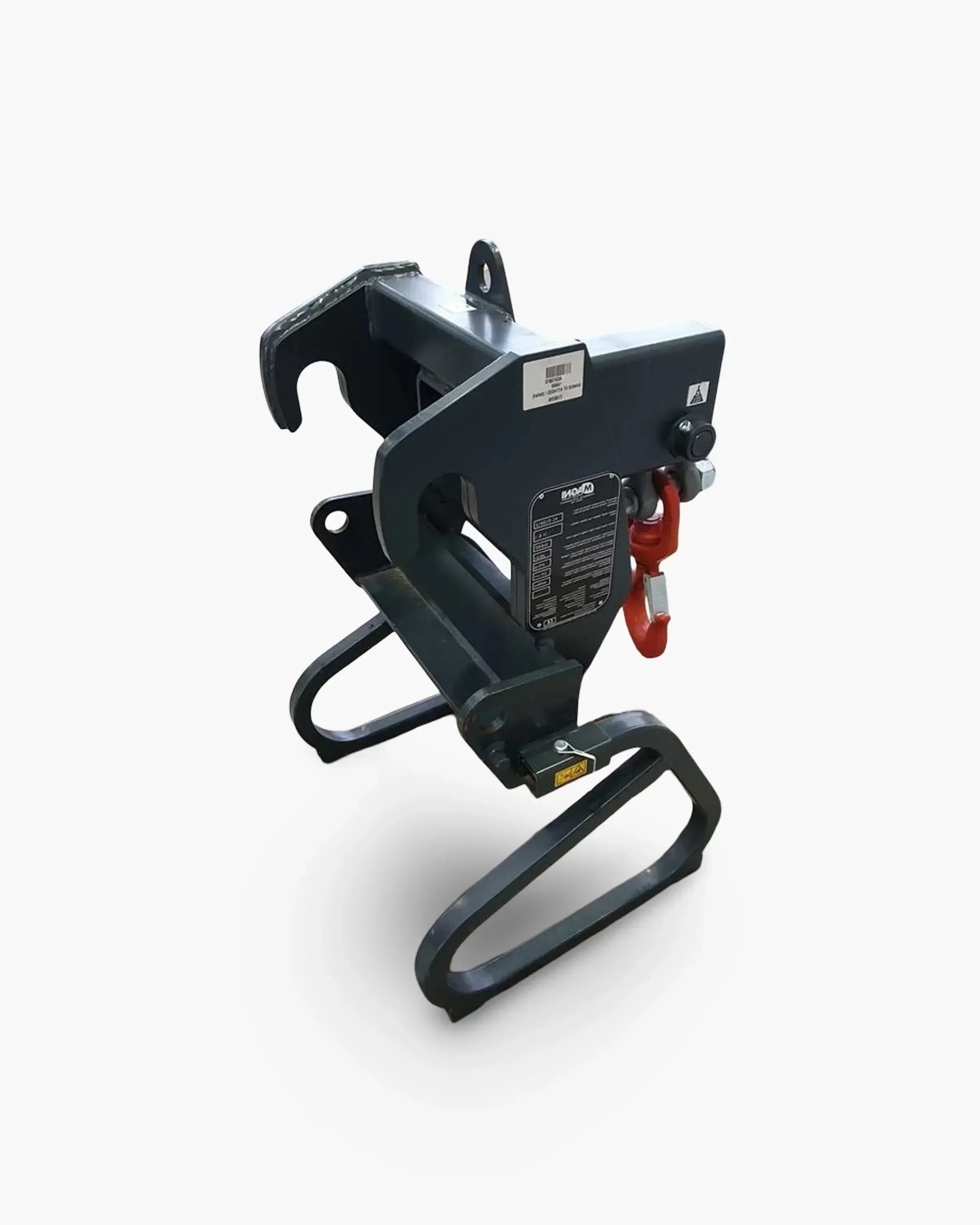

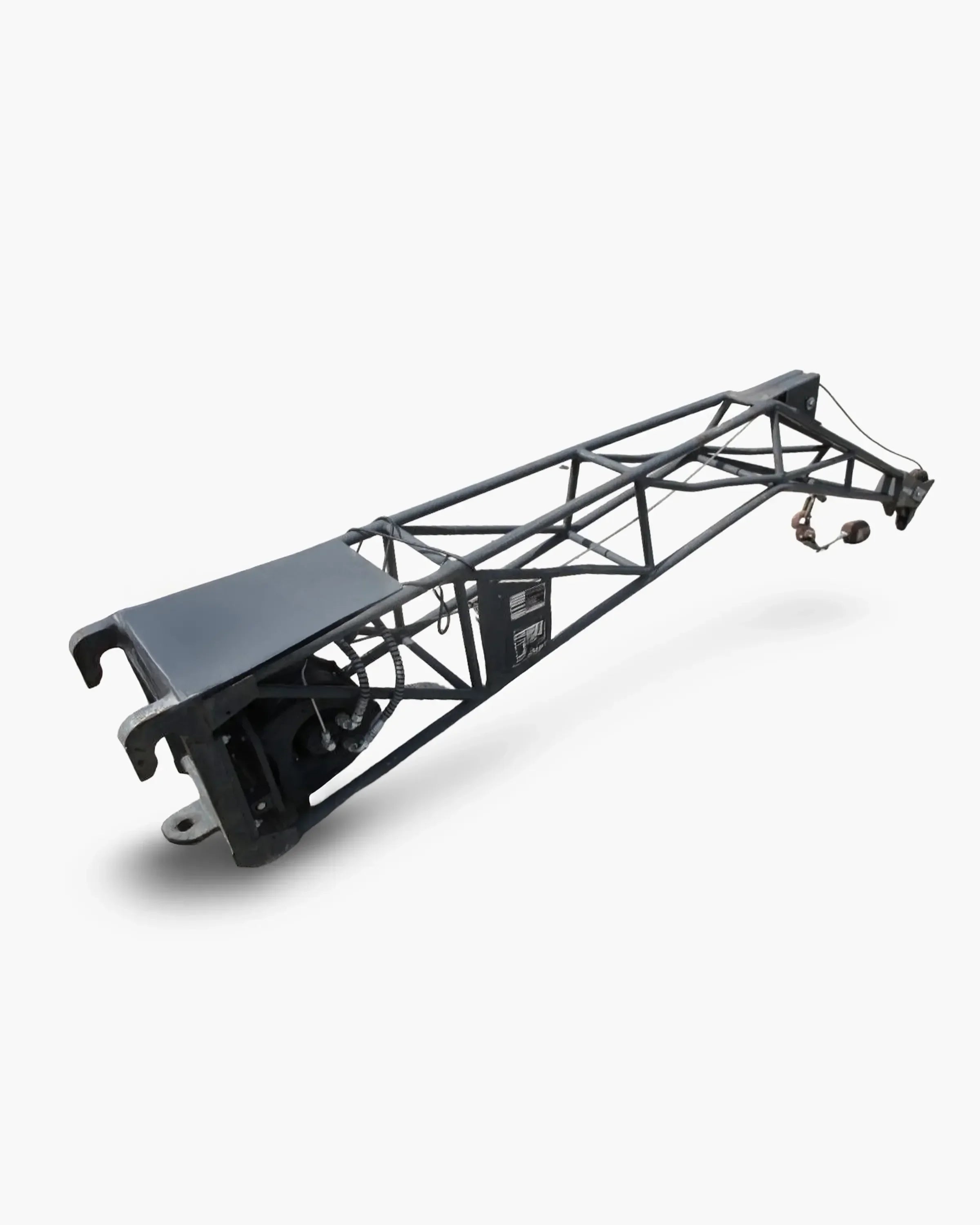
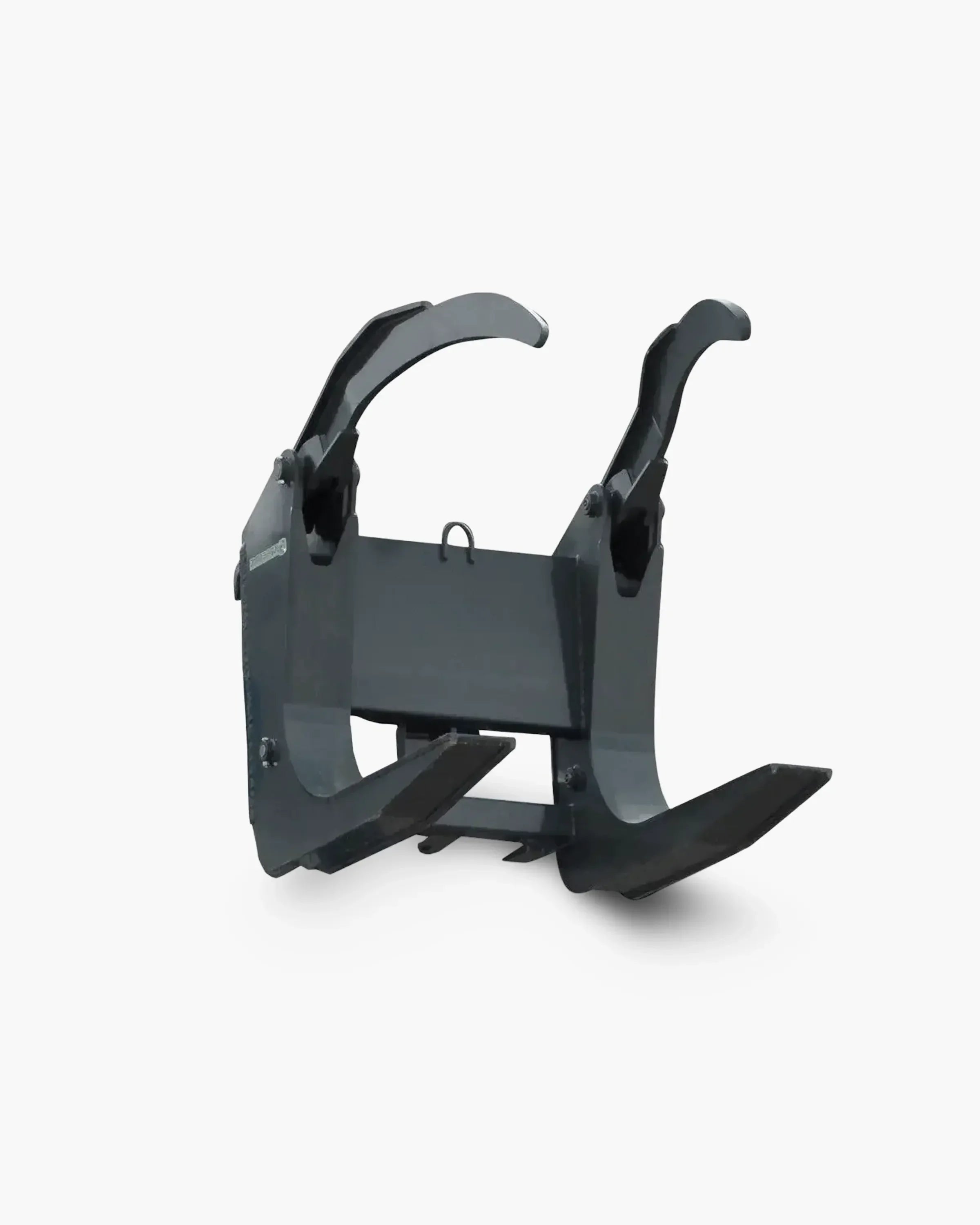
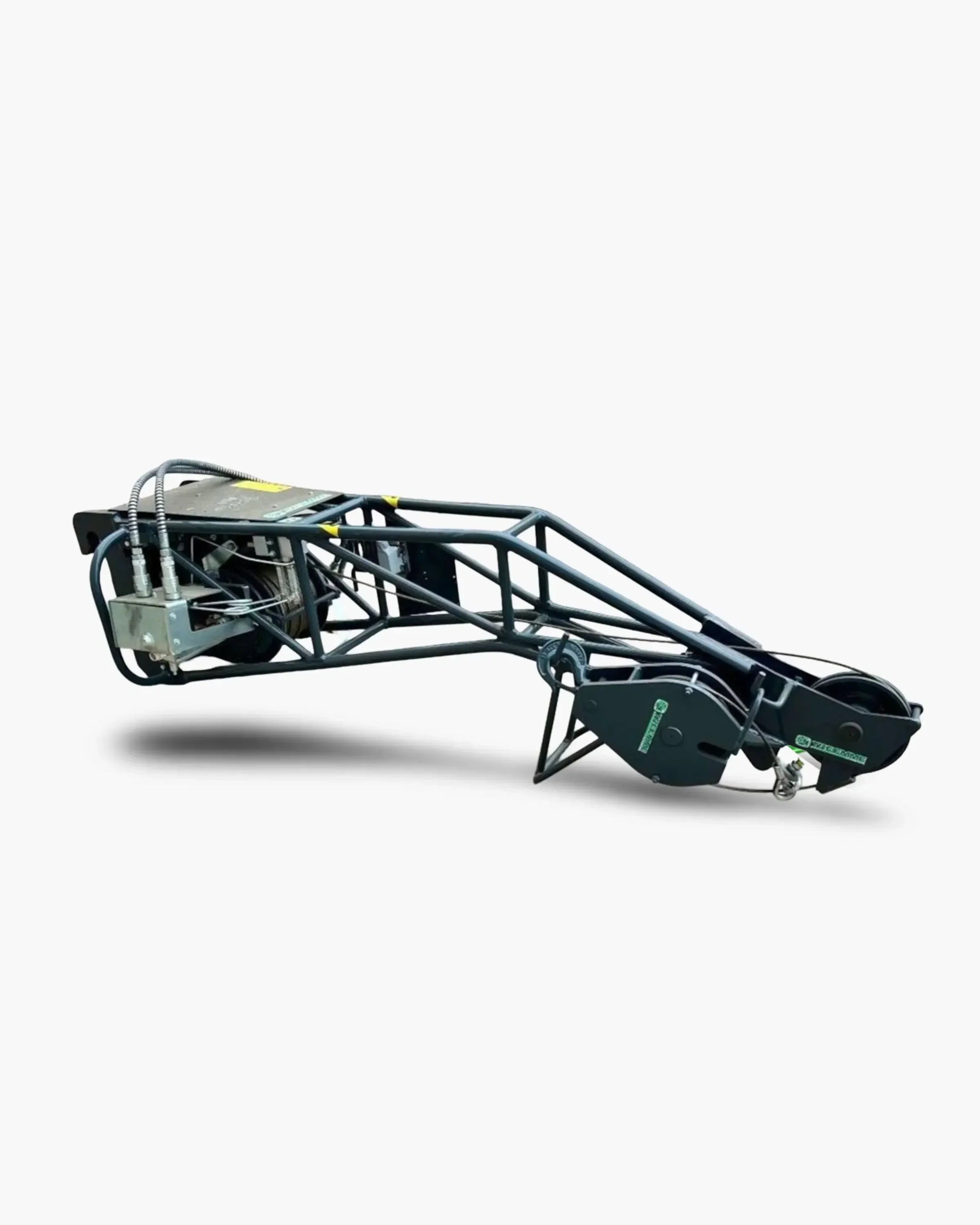

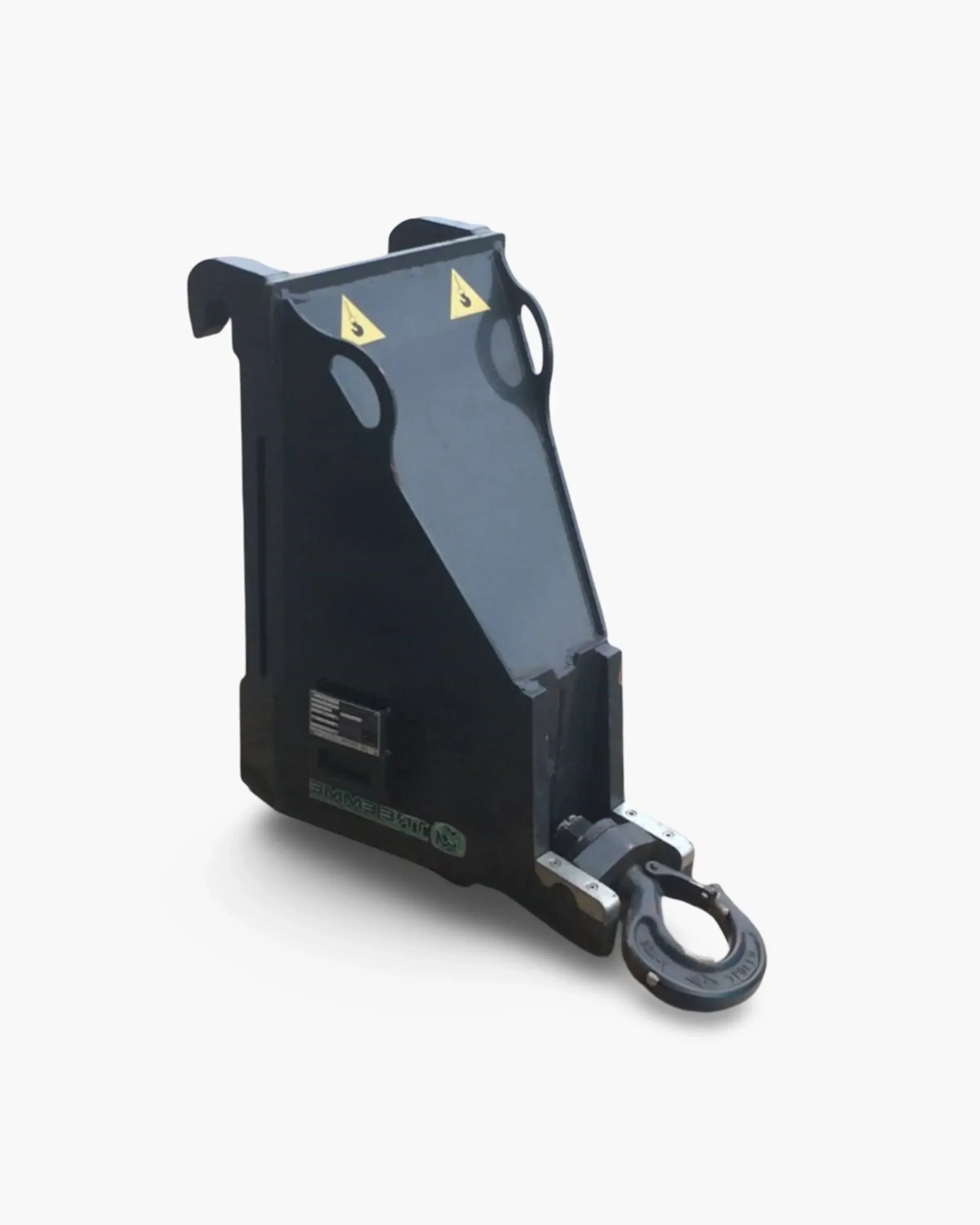
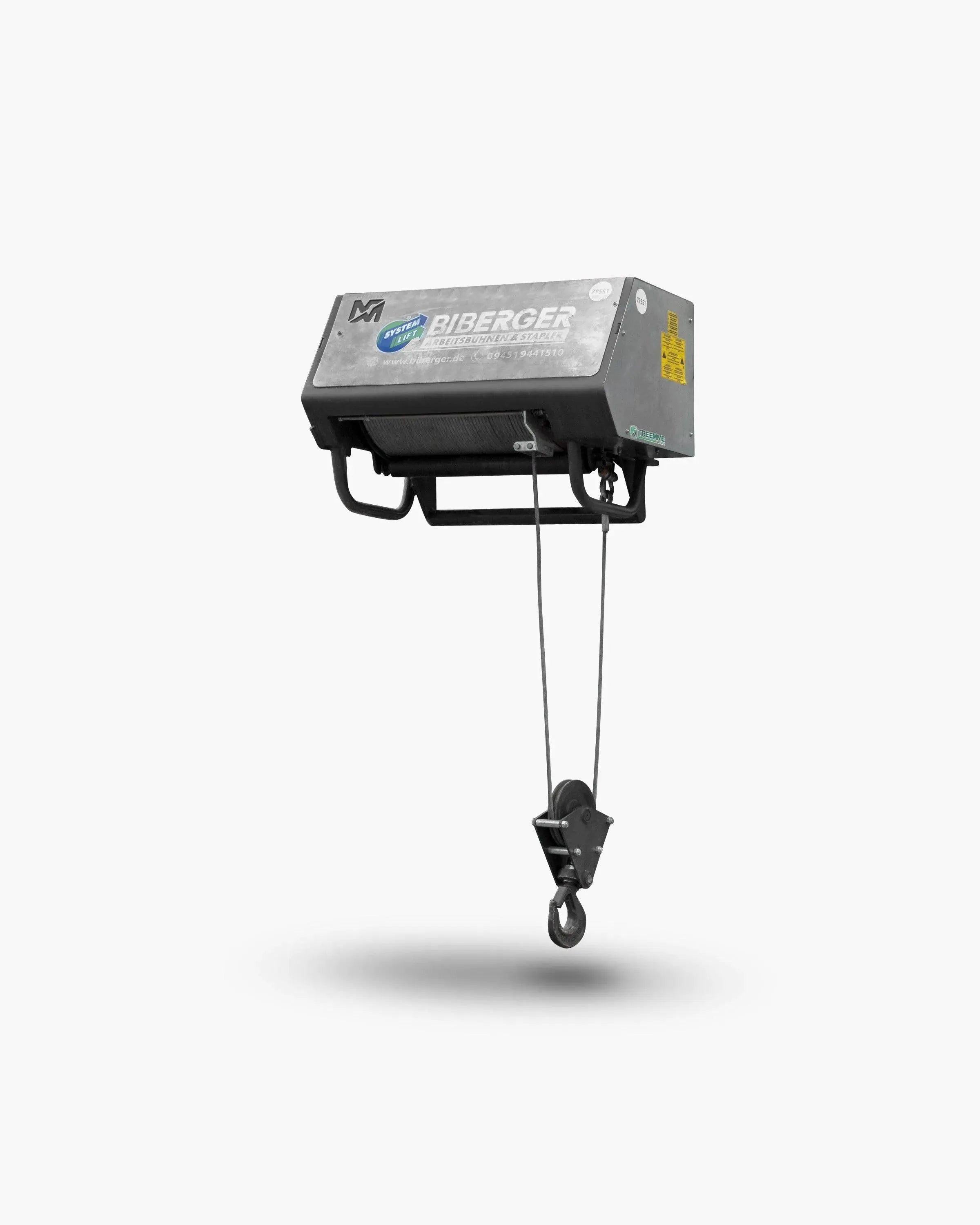
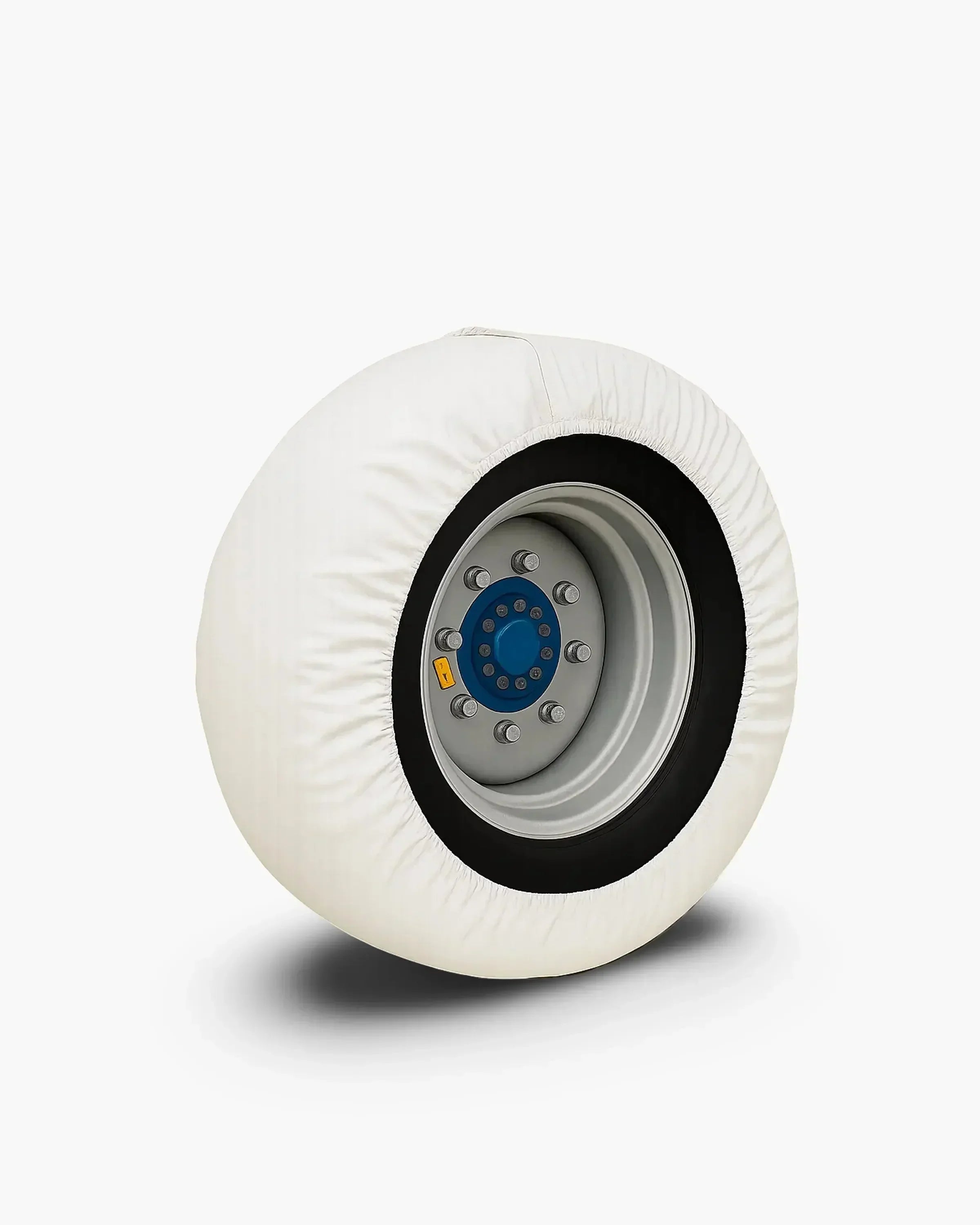


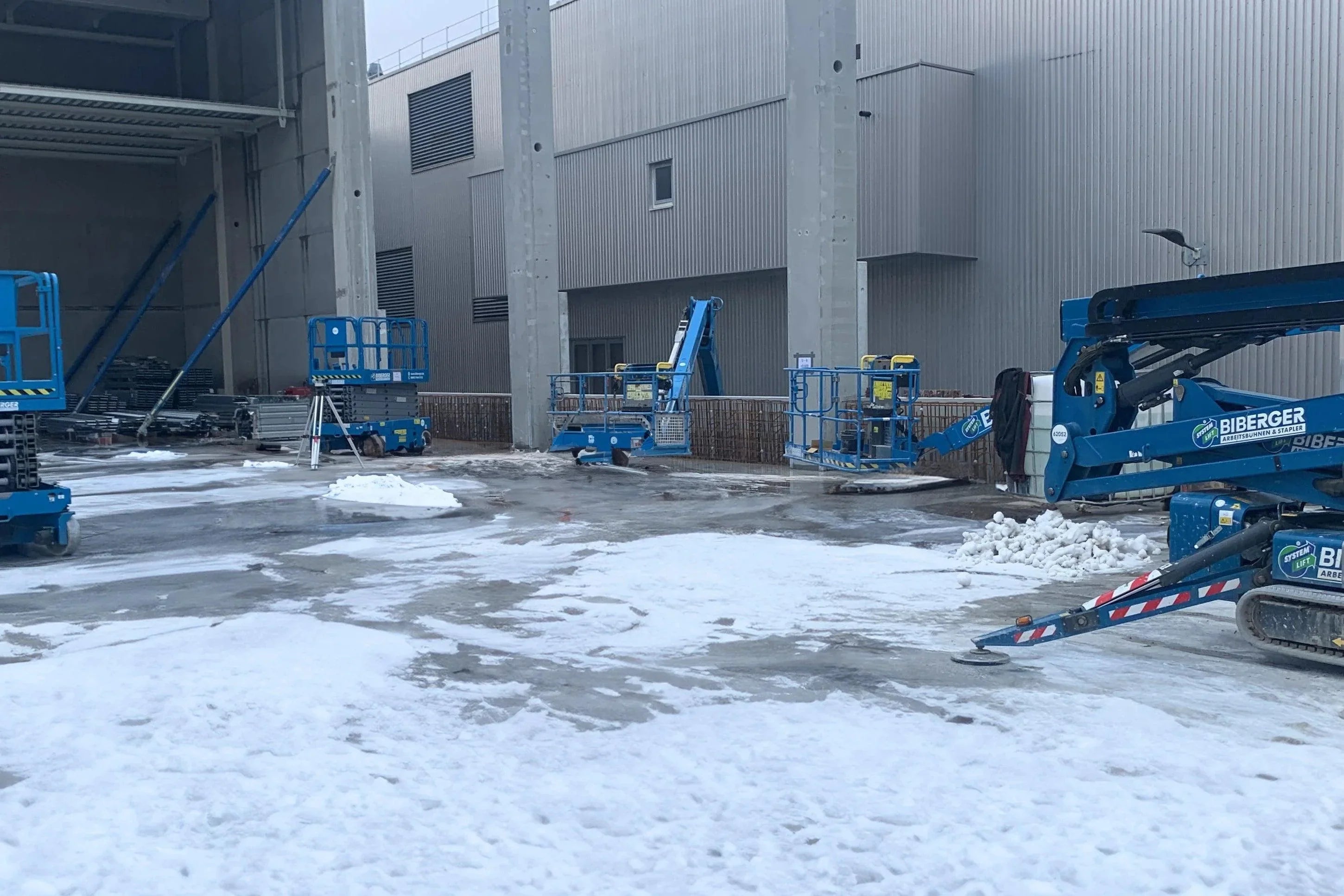

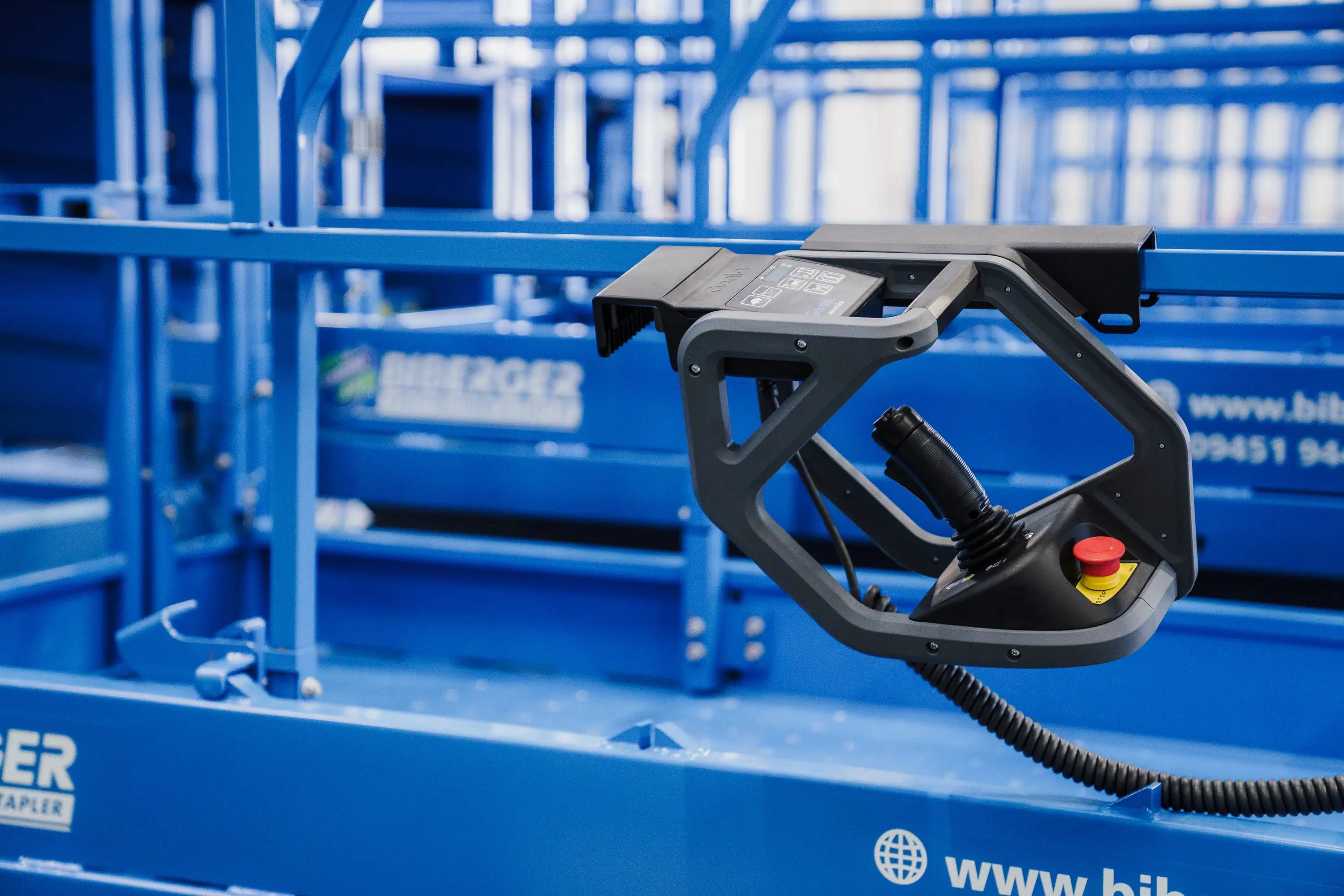
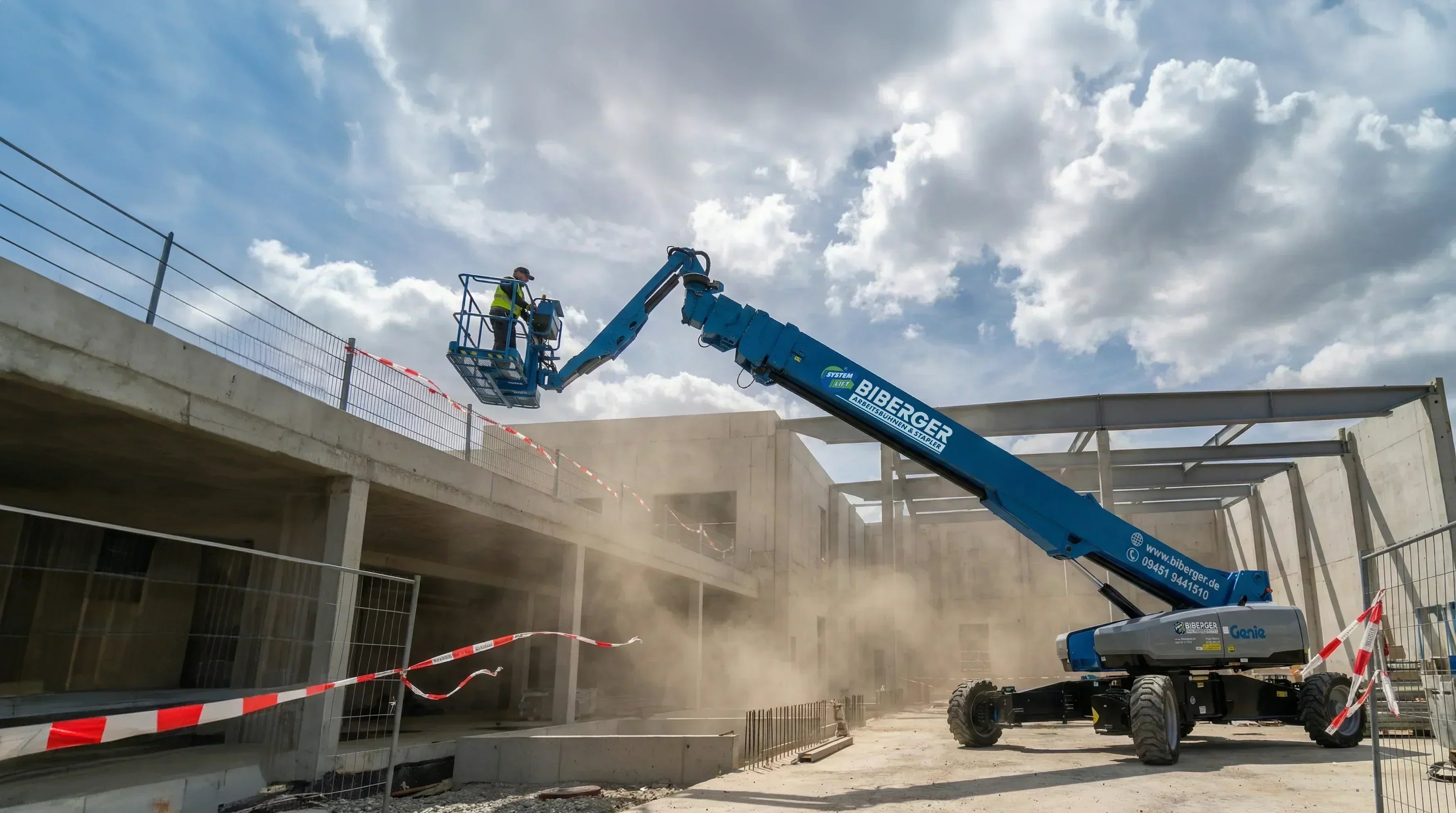
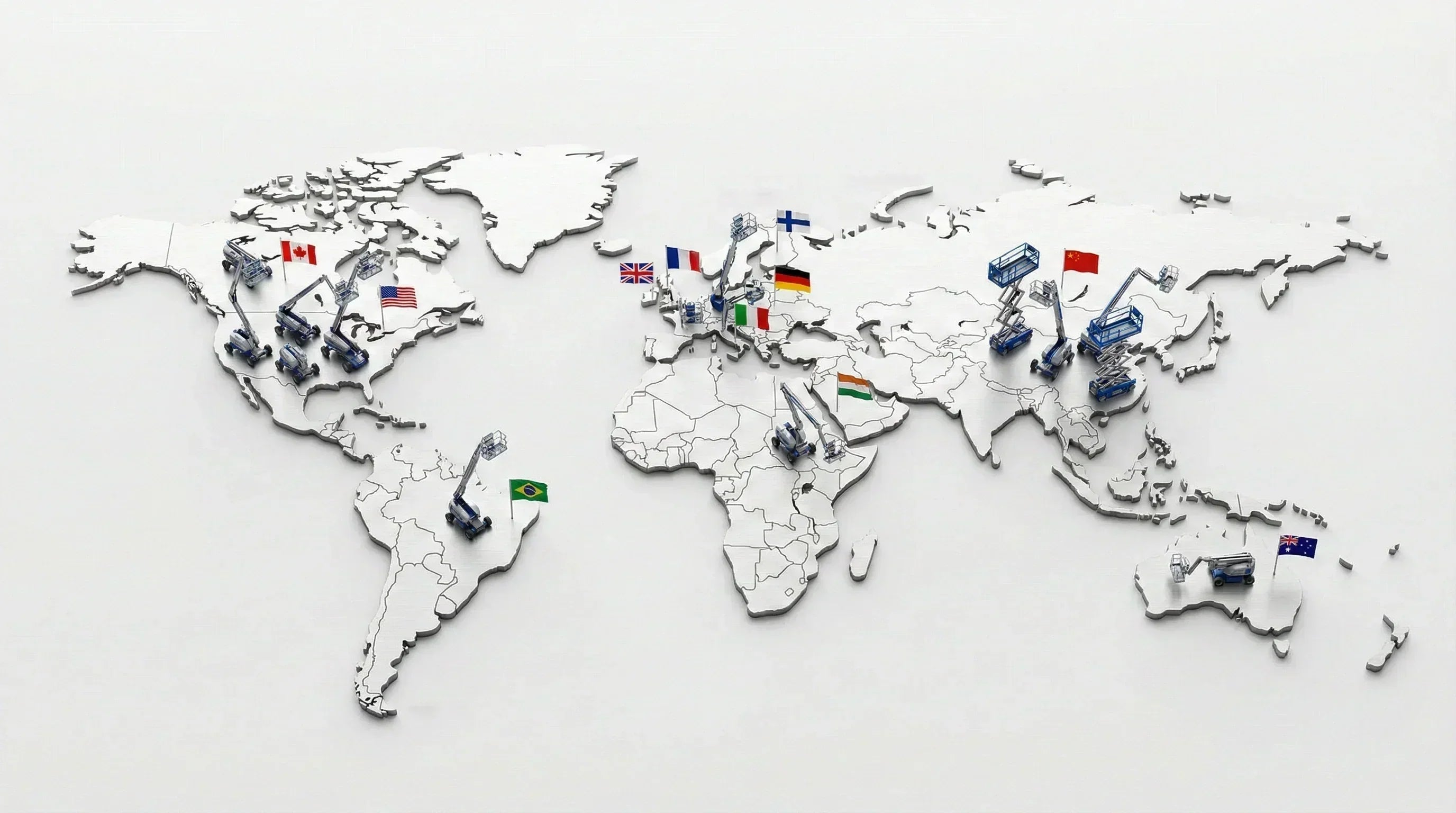
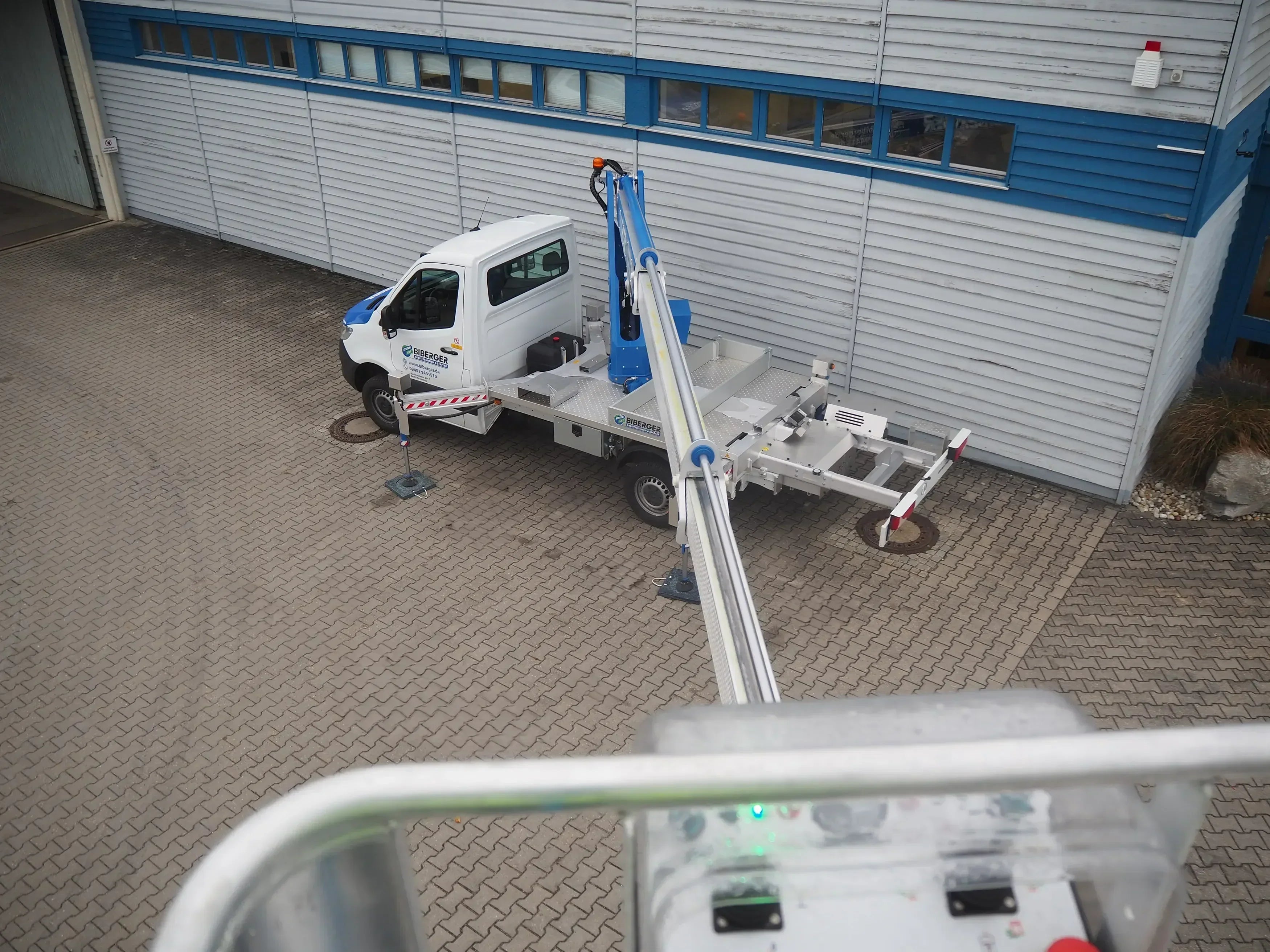
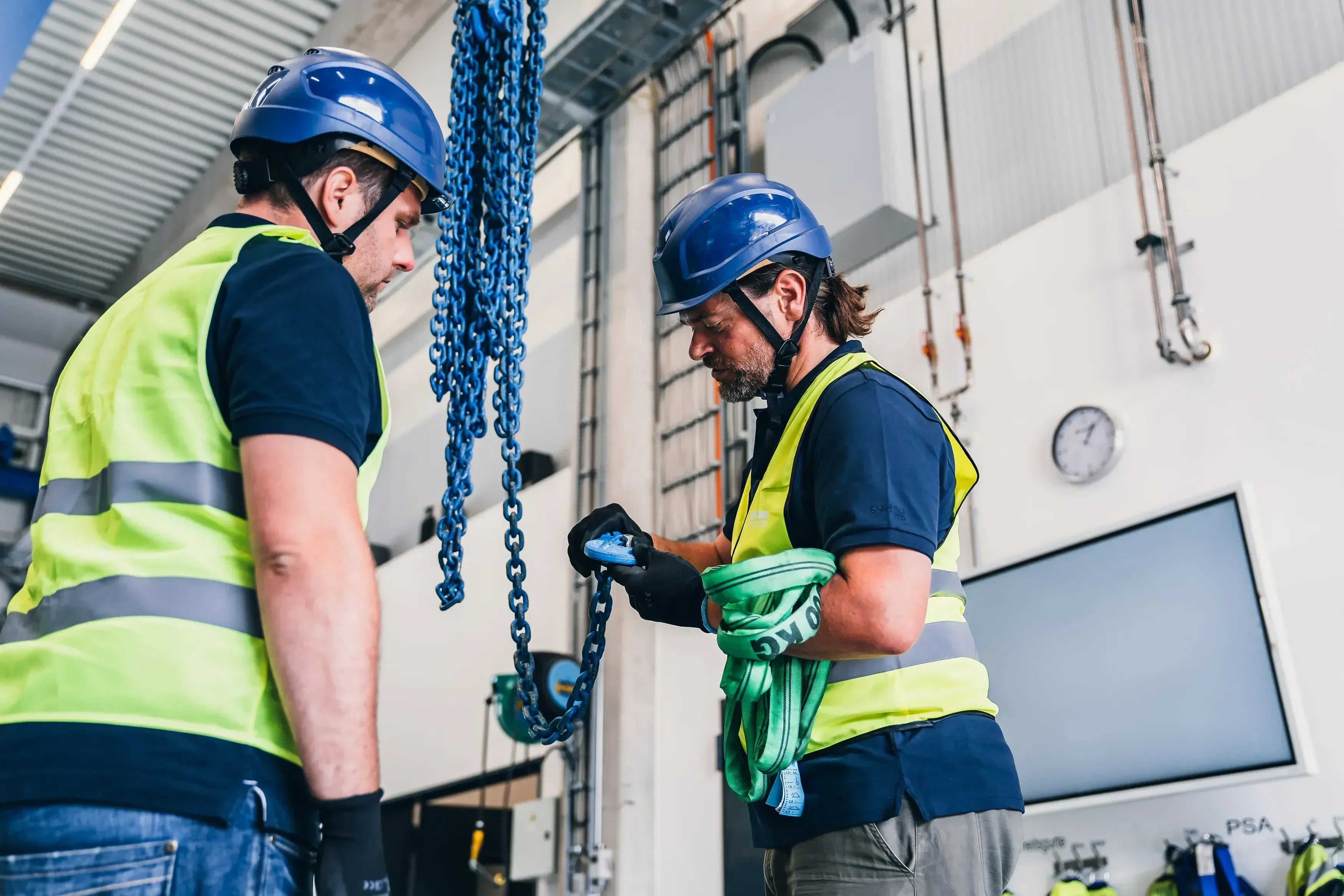
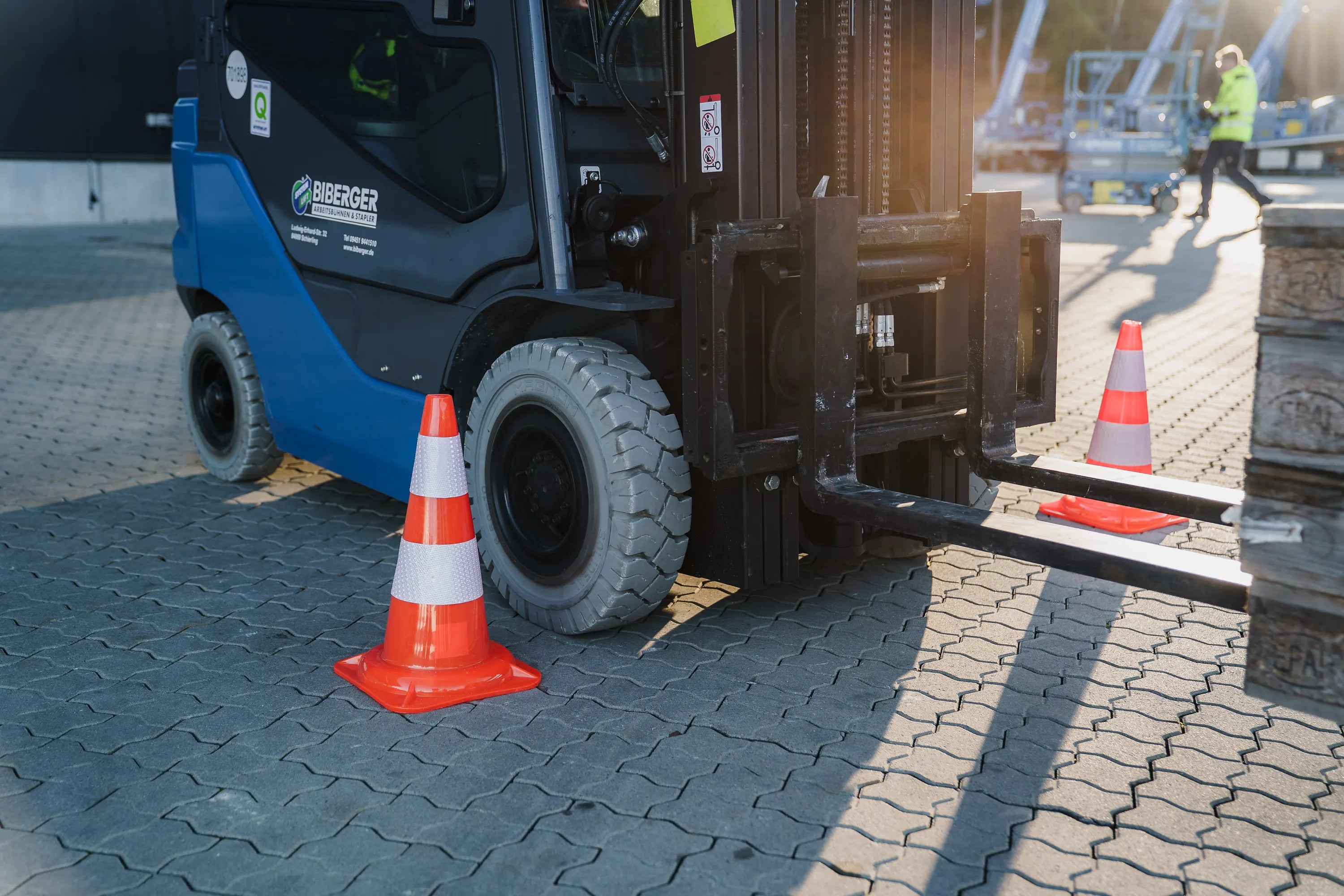
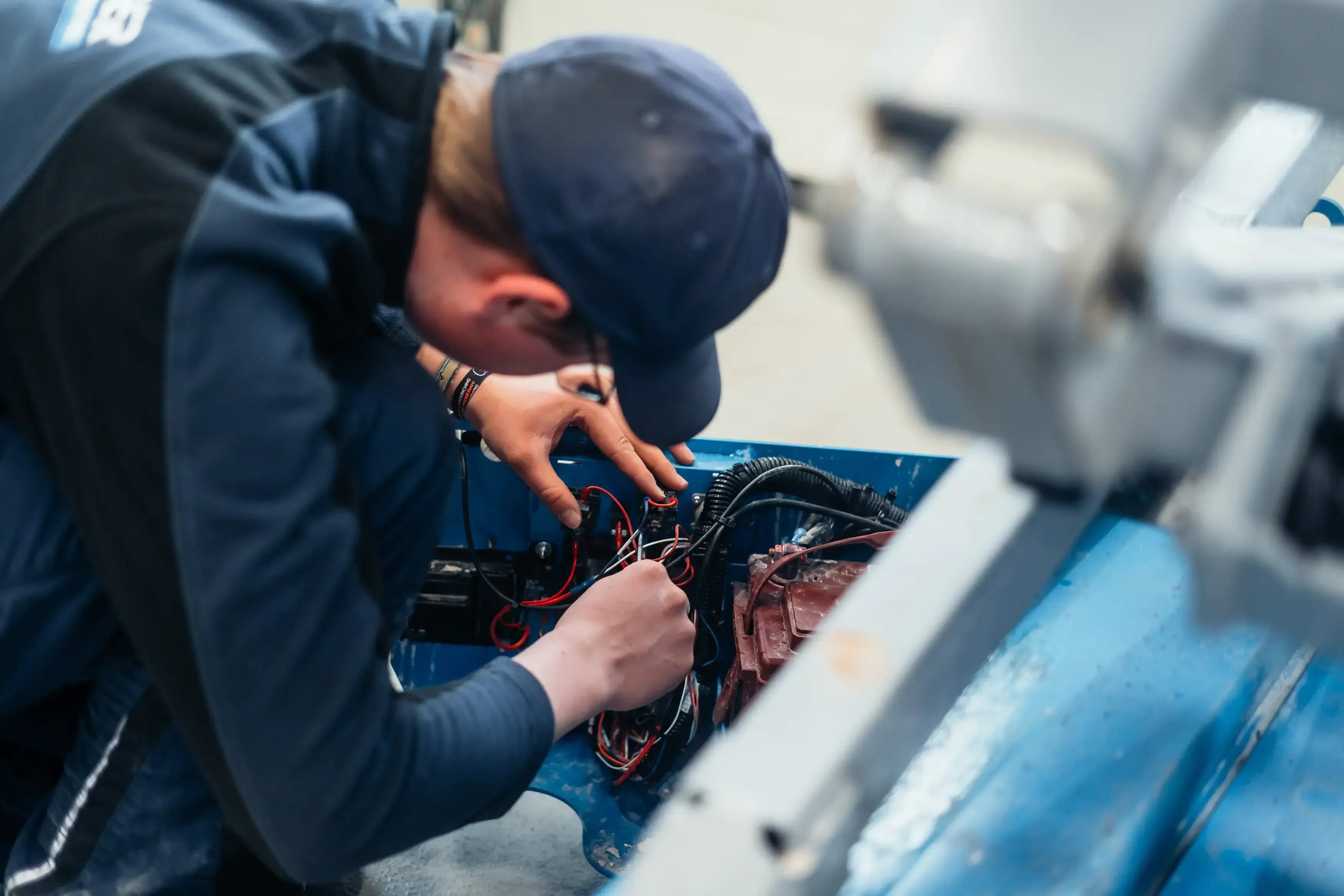
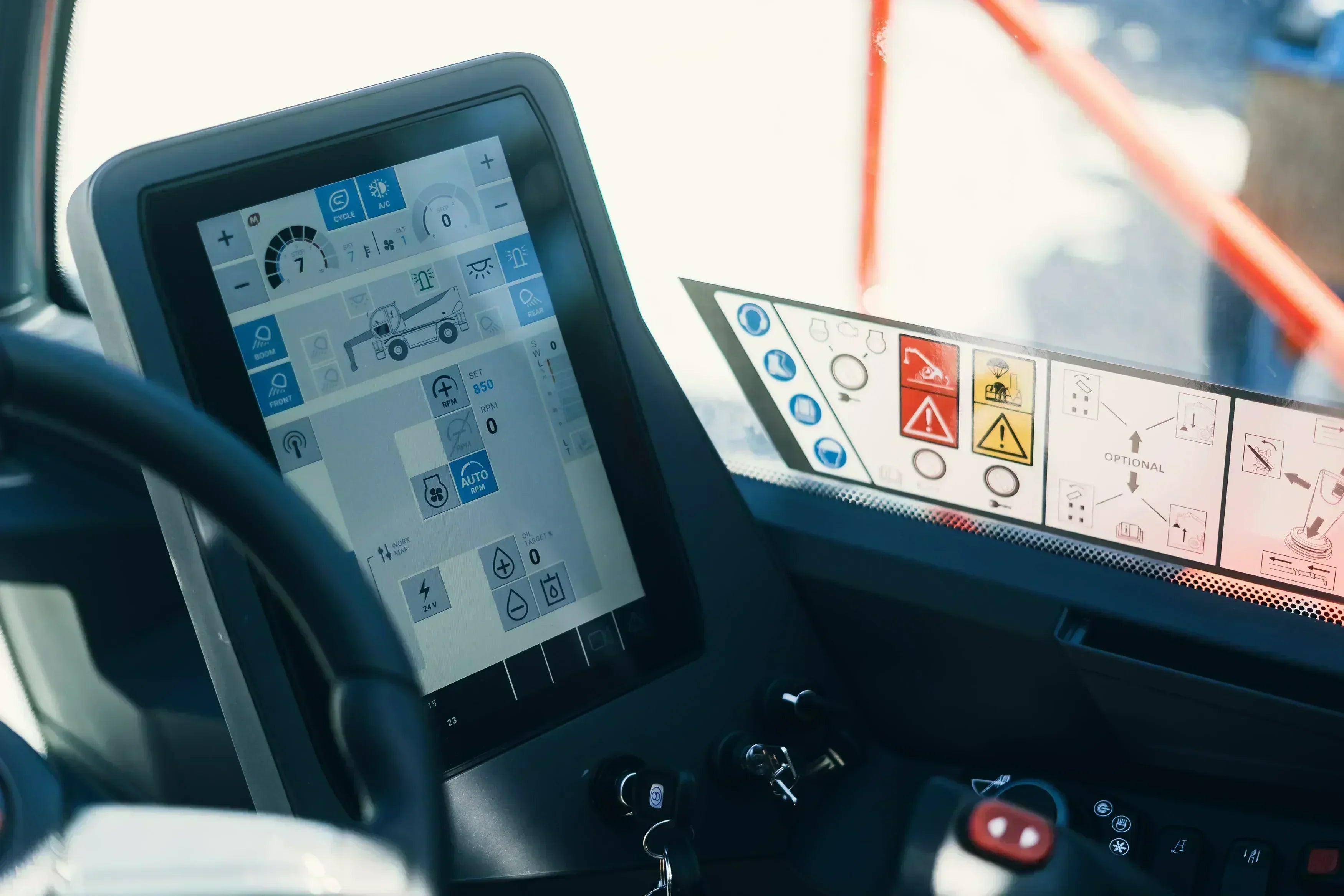






Share:
Everything about the marking of construction machinery and aerial work platforms
Non-marking (chalking) tires on aerial work platforms: When and why?
Our editorial quality standards
The subject content on biberger.de are editorially created, reviewed, and continuously updated. The basis is our daily work with aerial platforms, telehandlers, and industrial trucks – in rental, sales, operational planning, and technical support.
Each article draws on real-world experience and is editorially reviewed for clarity, accuracy, and practical relevance according to expert criteria. Technical statements are regularly compared against current industry standards and best practices.
The aim of our publications is to make reliable specialist knowledge accessible and to offer guidance to users, decision-makers and industry partners. BIBERGER sees itself as an independent information platform for safe, economical and modern height access technology – well-founded, comprehensible and free from advertising influence.